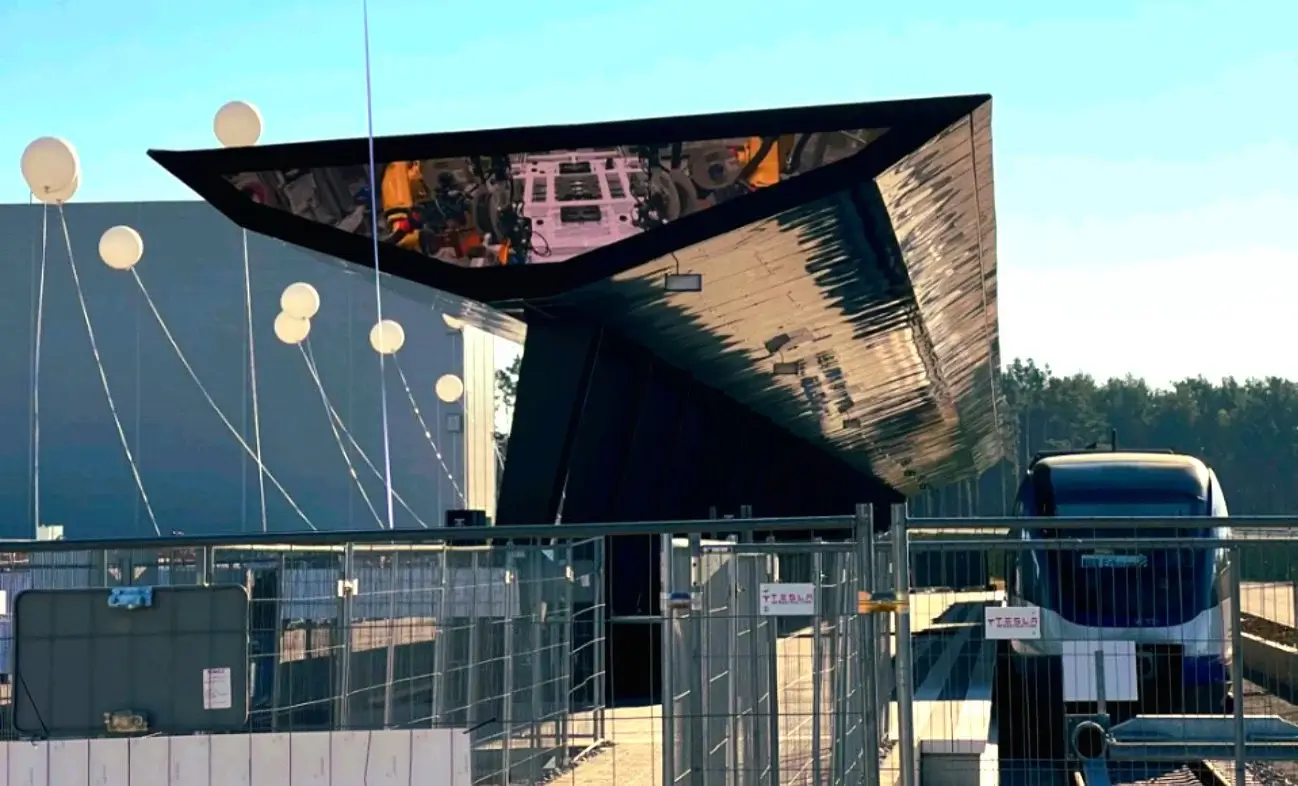Tesla Launches Direct Rail Connection to Ease Employee Commute to GigaBerlin
In a world where sustainable mobility is increasingly prioritized, Tesla, the electric vehicle behemoth, has taken another step forward in innovation. Since Tuesday, the company has established a direct rail link between Berlin and its massive production site, GigaBerlin. This initiative highlights Tesla’s commitment to green and efficient transportation solutions for its workforce. This article delves into the details of this new rail connection and its potential impact on employee transportation and carbon footprint reduction.
The New Railway Connection: A Practical and Ecological Solution
Every day, before the start of the morning shift, a train departs from Berlin Lichtenberg heading towards Tesla’s GigaFactory, with an intermediate stop in Erkner. This direct connection not only simplifies the daily commute for Tesla employees but also serves as a cornerstone of the company’s vision for sustainability. By making public transportation a more attractive option for its employees, Tesla hopes to significantly reduce the number of personal vehicles on the roads, thereby contributing to the fight against climate change.
Tesla’s Ambitious Goal: Promoting Public Transportation
Tesla’s ambitions are clear: the company aims for more than 50% of its employees to use public transportation to reach their workplace in the future. This initiative is not just a boon for the environment; it also reflects a thoughtful approach to enhancing employee well-being by reducing commute-related stress and offering a safer, more relaxed alternative to driving.
Long-Term Benefits for Employees and the Environment
The impact of this new rail line extends beyond daily convenience. By encouraging a greener mode of transport, Tesla contributes to reducing air pollution and greenhouse gas emissions, thus aligning its work practices with its long-term sustainability goals. For employees, this means less time spent in traffic jams, a healthier work environment, and potentially, a reduction in transportation costs.
Conclusion
Tesla’s initiative to link Berlin to GigaBerlin with a direct rail connection is a demonstration of how companies can play a crucial role in promoting sustainable mobility. By placing public transport at the heart of its employee mobility strategy, Tesla not only leads by example in technological innovation but also contributes to shaping a future where sustainable commuting is not only possible but encouraged. Through these efforts, Tesla reaffirms its leadership not only in the electric vehicle domain but also in corporate social responsibility.
